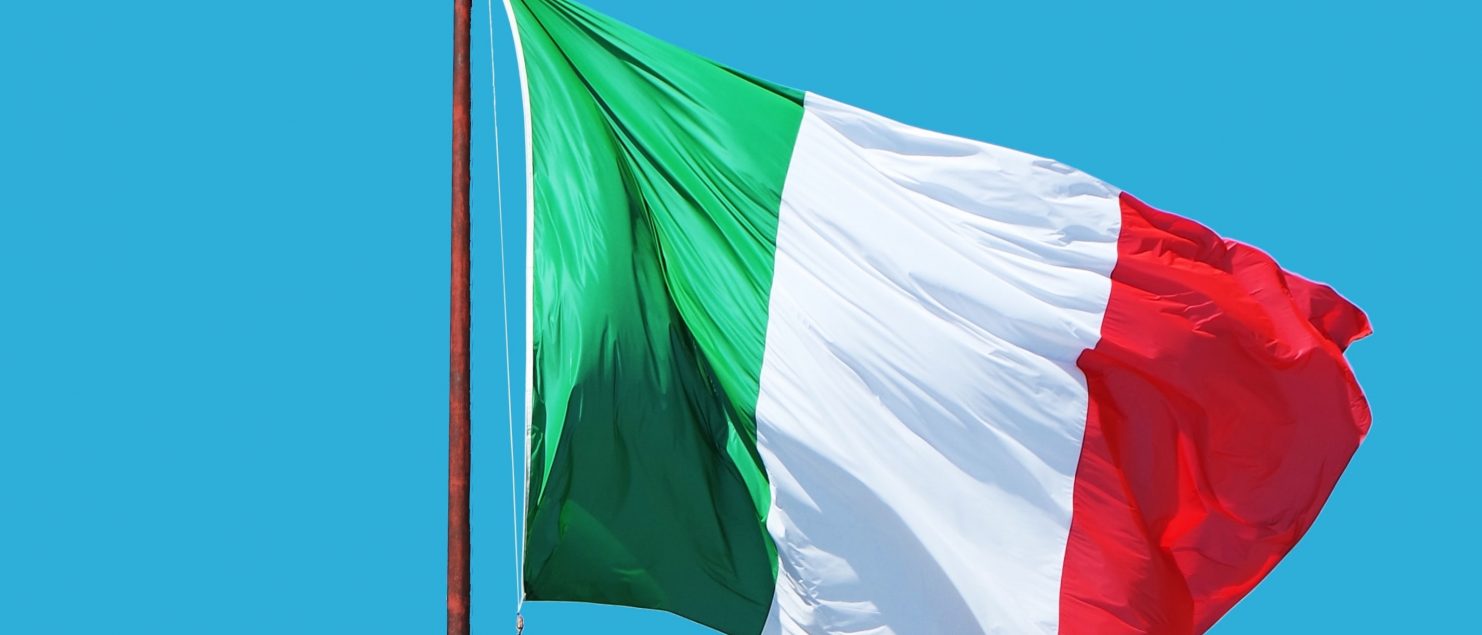The Italian Tricolor: history and meaning
June 2nd, the Day of the Italian Republic: a day of celebration for our country and its history, a day when the streets of all the cities of Italy are tinged with green, white and red, a day during which even in heaven, thanks to the Frecce Tricolori, the Italian Tricolor is beautifully drawn.
For the occasion, this article is dedicated precisely to the Italian Tricolor, a symbol of culture, pride, belonging, rich in meaning and with a great history of changes and evolutions.
The Italian Tricolor, in fact, has not always remained the same, but over time, although without ever undergoing huge revolutions, it has changed several times, as happens to all national flags (or almost all, as we saw in the article on curiosities about flags).
The history of the Italian Tricolor
Let’s start from the beginning, that is, from the origin of the Italian Tricolor. The flag dates back to 1797 during the Napoleonic period. The first «version» of the Tricolor as we know it today, in fact, was used to distinguish the Italian contingent within Napoleon’s army in the Cispadana and Cisalpine Republics (in 1796)and later was adopted as the national flag of the Cispadan Republic, following Napoleon’s arrival in Italy, precisely in 1797.
However, the use of green, white and red colors has also been found previously: in 1789 in Genoa on a tricolor cockade and on military banner adopted by the Lombard Legion in Milan in 1796.
In any case, 1797 and the choice of the Tricolore as a national flag by the Cispadana Republic confirm the beginning of the history of our flag because, from that moment, it begins to evolve, to change, but above all to assume great meaning, starting to spread throughout the Italian territory.
After this first appearance in history, however, the Italian Tricolor disappeared «officially» shortly after, when it was abolished following Napoleon’s defeat in 1814, but did not disappear in practice at all. The Tricolor had already begun to spread and, above all, to assume a strong symbolic connotation of belonging to many Italians who, despite the abolition of the flag, continued for some time to use it in various ways.
Until 1848,the year in which the Italian Tricolor returns to prominence. In that year the Savoy took possession of the flag in the Kingdom of Sardinia, changing it and adding in the center the symbol of the Family, a white cross on a red background.
It is precisely this version of the Italian Tricolor that became the first flag of united Italy, in 1861.
Finally, in 1946 the Italian Tricolor undergoes the last great evolution, losing the symbol of savoy and coming to be the flag that we all know. This change obviously came with the end of the monarchy and the beginning of the Republic, on the day that we still celebrate today, June 2nd.
Italian Tricolor: what do colors mean?
The colors that characterize the Italian Tricolor are known to everyone and today represent the country all over the world, but what is their meaning?
The attribution of meaning to the individual colors of a flag is always a very complex topic, it is not always easy to trace the true origin of a choice and it is even more difficult to distinguish history from legends.
As for the Italian Tricolor, the speech is the same, although it is possible to trace some meaning related to the flag also because of its history.
The first point to take into account, in fact, is that for the birth of the Italian Tricolor was taken strong inspiration from the Frenchflag, which showed the white, the color of the monarchy, combined with the colors of Paris, red and blue.
In the Italian Tricolor, as we know, blue was replaced by greenery and precisely on the choice of this color there are numerous assumptions and theories, from the one most easily found with history to the more imaginative ones that have developed over the years.
Confining itself to the historically most likely version, green was chosen as a color that, already in the Italian military cockades dating back to the years before the birth of the flag, symbolized natural human rights such as equality and freedom. This is therefore the most likely original meaning of our Tricolor, however over time and with the great changes experienced by the country, one of all the unity of Italy, colors have taken on more idealistic meanings, with green that should represent hope, white faith and red love.

